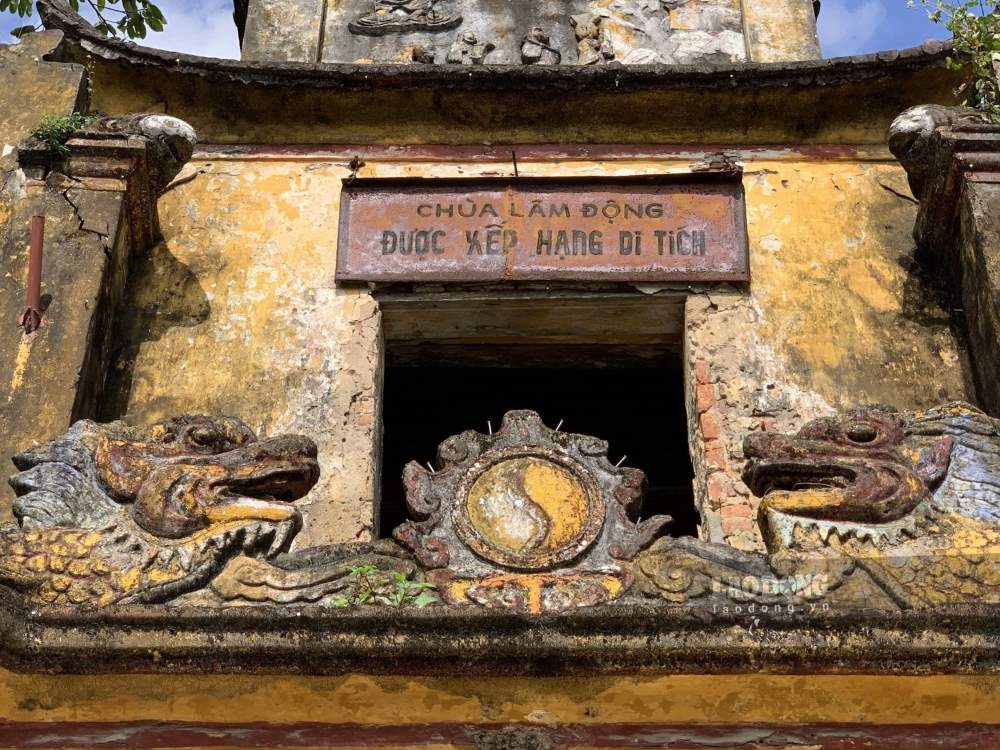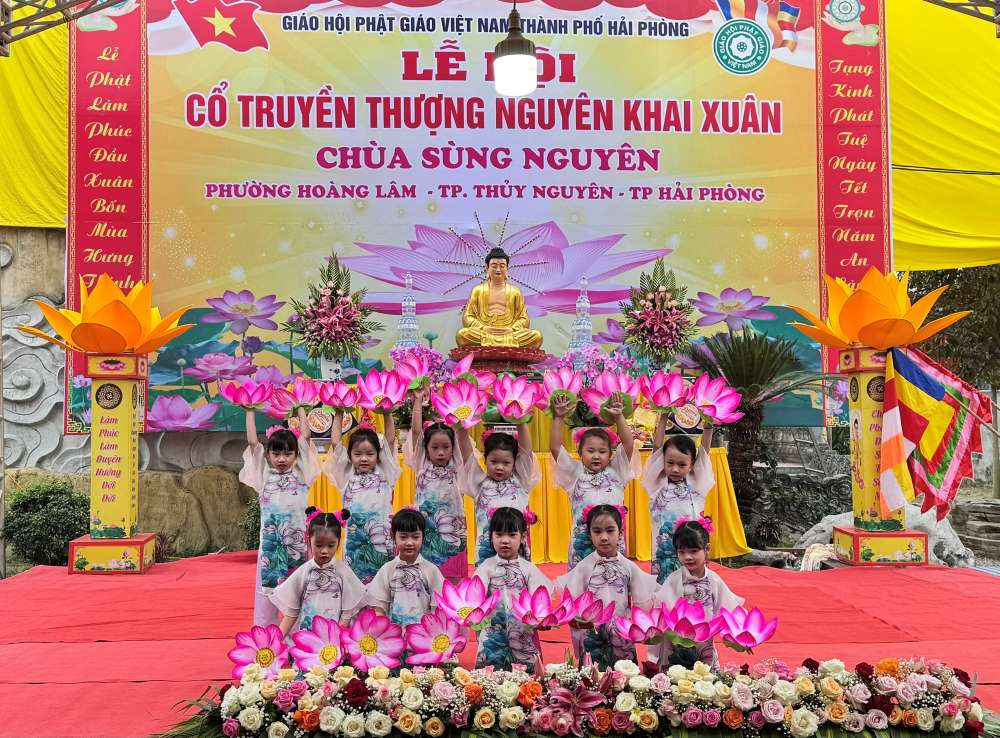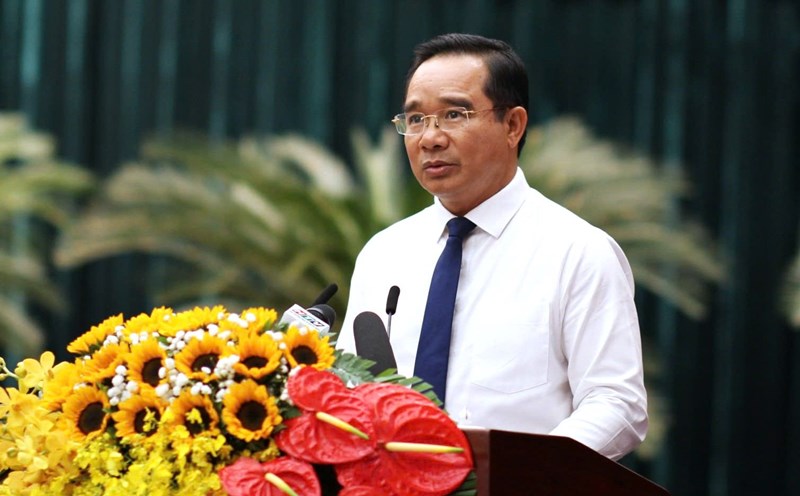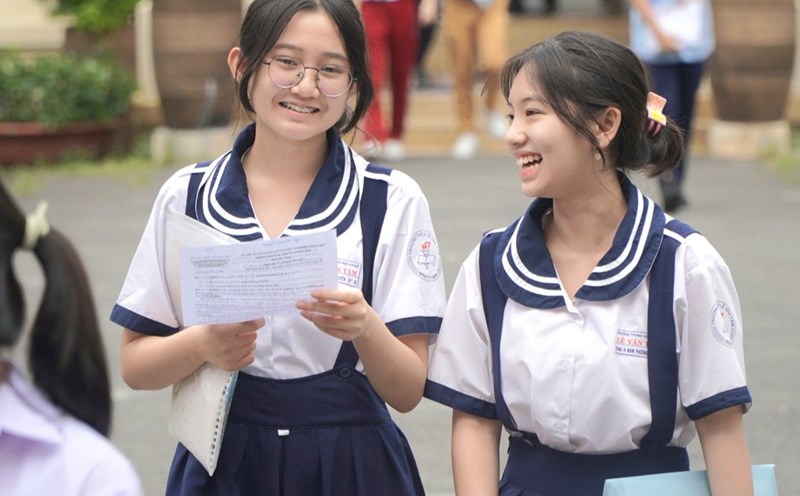Lam Dong Pagoda (Sung Nguyen Pagoda) is a unique ancient artistic architectural work with a history from the Ly - Tran Dynasty. Originally, the pagoda was a small village pagoda. During the Tran Dynasty (1226-1400), the pagoda became larger and gradually became one of the important Buddhist centers of Thuy Duong land. During the Ming Dynasty, the pagoda was devastated by the Mongols, with almost no trace left. In 1927, the pagoda was contributed by the people and restored.

Sung Nguyen Pagoda has a majestic scale, sophisticated architecture imbued with traditional style. The architectural works have a similar and standard layout along the "religious" route such as: Tam Quan and the watchtower of the tower, the tower is made of stone like a celestial pen. The 3-storey stone tower is like a penoll tower or a round well like a research tower. The main well is the dragon's eye, a gathering place for the sacred land, not depleted all year round, with clear water.
The Buddha's temple is built on a high ground with a layout in the Dinh-shaped style; the Temple of Literature, the Father worship hall and the Mother worship hall in the grounds of trees are green all year round, creating a more prosperous pagoda scene. Sung Nguyen Pagoda was recognized as a city-level historical and cultural relic in 2011.

The Upper Lunar New Year Ceremony of Sung Nguyen Pagoda is celebrated on the 17th of the first lunar month every year. At the festival, in addition to traditional religious rituals to pray for national peace and prosperity, the locality organizes many unique cultural, artistic and sports activities, attracting a large number of people and tourists. Thereby, not only meeting the cultural and spiritual needs of the people, preserving and promoting cultural identity but also being an opportunity to introduce and promote the tourism potential and strengths of Hoang Lam ward in particular and Thuy Nguyen city in general.











